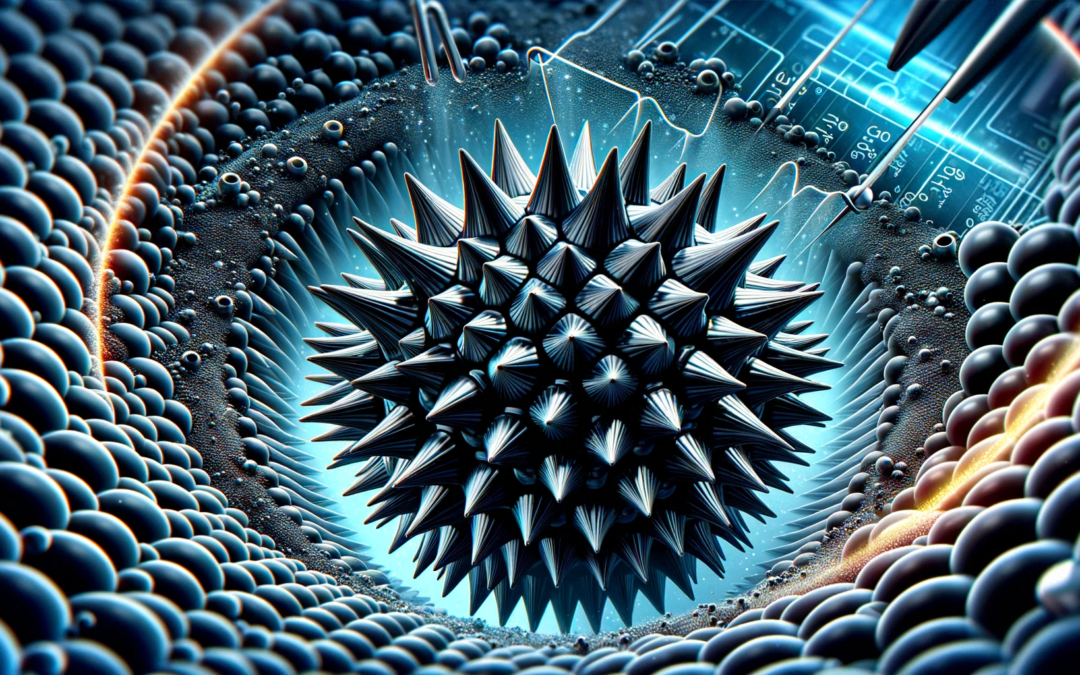In the vast expanse of human ingenuity, a fascinating blend of elements emerges, whispering the secrets of transformation. Iron oxide and graphene, each remarkable in their own right, have come together to form nanoparticles-based ferro-fluids. These fluids, not just a concoction of atoms but a symphony of possibilities, are now at the forefront of a revolution in electrochemical conversion.
To understand this revolution, one must first wade into the elemental ballet. Iron oxide, with its rich, rusted hues, is a staple in the Earth’s crust, a mineral with a history as old as the planet itself. Its magnetic properties have been a subject of human fascination for millennia. Enter graphene, a wonder material, a single layer of carbon atoms tightly bound in a hexagonal lattice. It’s like looking at a microscopic mesh, strong and flexible.
When these two elements converge, the result is nanoparticles-based ferro-fluids. Imagine a fluid that can be controlled by a magnetic field, a liquid that dances to the tune of electromagnetism. The nanoparticles, tiny enough to be measured in nanometers, are suspended in a carrier fluid. This suspension is not just a mixture but a new entity, with properties that neither iron oxide nor graphene could exhibit alone.
Electrochemical conversion, the process of converting chemical energy into electrical energy (and vice versa), is at the heart of many technologies, from batteries to fuel cells. The inclusion of iron oxide/graphene nanoparticles in this process is not just an addition; it’s a transformation.
Graphene’s exceptional conductivity lends itself to the electrochemical processes, speeding up reactions that were once sluggish. The nanoparticles provide a vast surface area, a stage where the reactions can play out more efficiently. Additionally, the magnetic properties of iron oxide allow for innovative control mechanisms. Imagine manipulating the reaction environment with a magnetic field, directing the flow of electrons with precision.
The applications of these ferro-fluids in electrochemical conversion are vast and varied. In energy storage, they could lead to more efficient batteries, ones that charge faster and last longer. In environmental applications, they could play a role in capturing and converting carbon emissions.
However, as we delve into this microscopic world of wonder, we must not forget the larger picture. The production of these nanoparticles and their integration into technologies must be guided by sustainable practices. The ethical implications, too, are paramount. As we harness these particles, we must ensure that the benefits are shared, that the wonders of science are not just for the privileged few.
As we stand on the brink of this technological marvel, we look forward to a future where energy conversion is not just efficient but elegant, where the dance of particles brings a new rhythm to the way we power our world. The convergence of iron oxide and graphene in nanoparticles-based ferro-fluids opens up a world of possibilities, where the boundaries of electrochemical conversion are pushed to new frontiers. Let us embrace this magnetic wonder and shape a future that is both sustainable and awe-inspiring.










